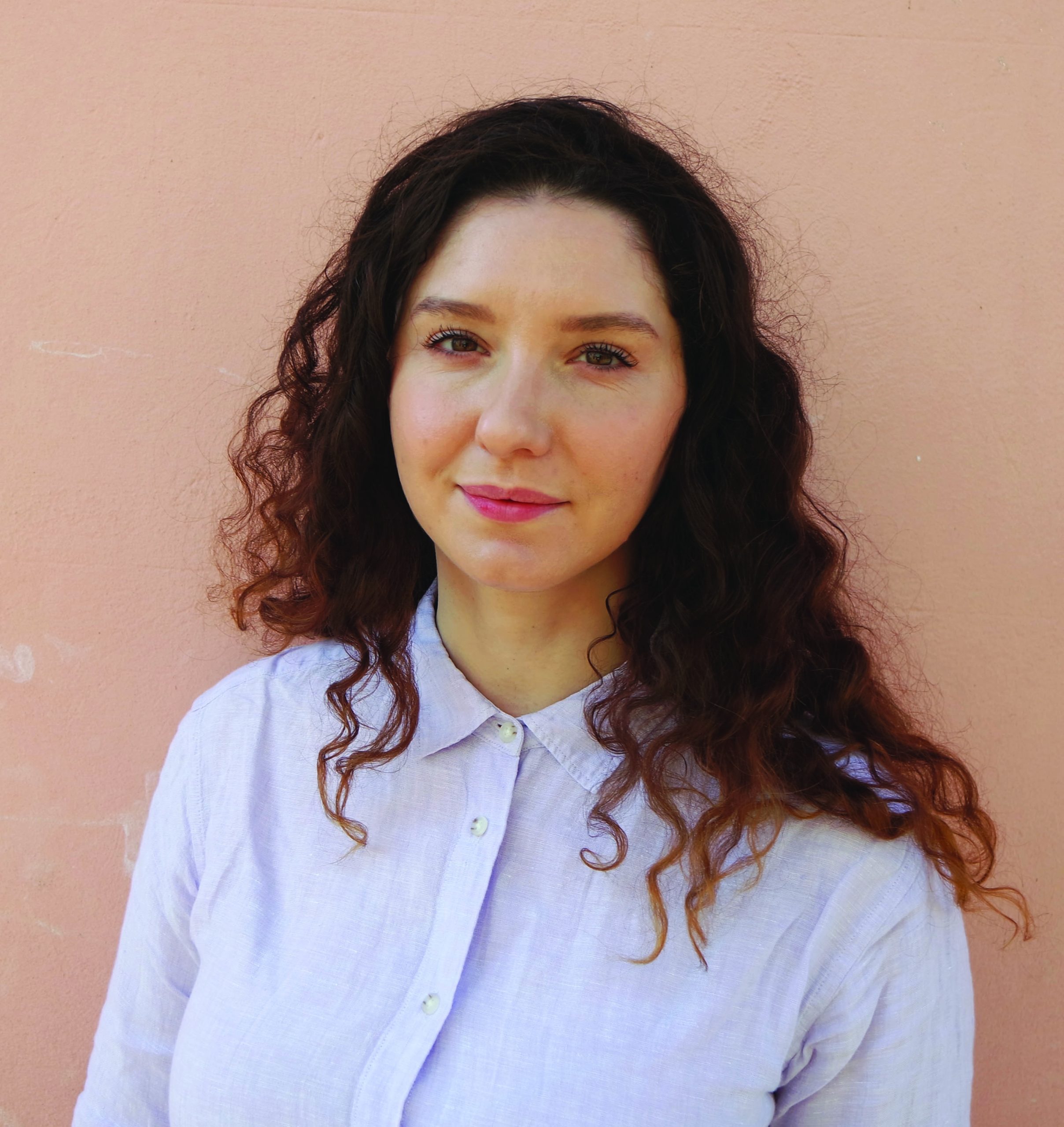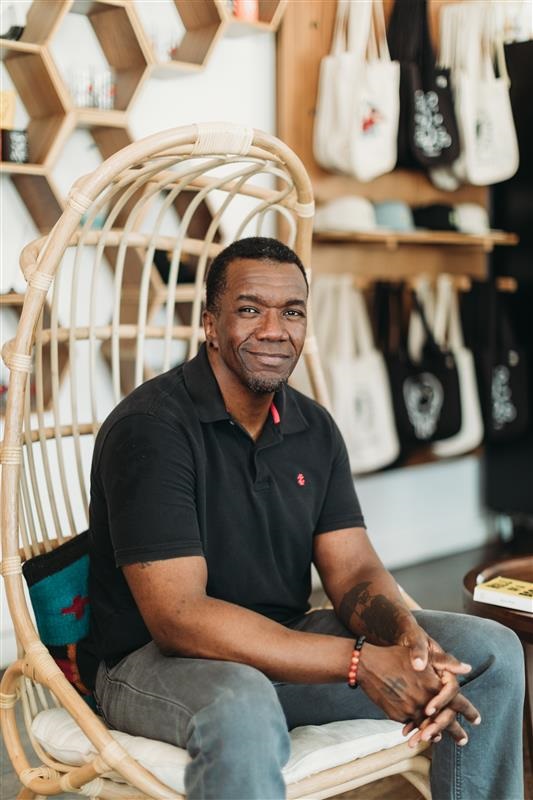The World Press Photo exhibit, which I caught at both the Oude Kerk in Amsterdam and at the UN Headquarters in NYC this past year, and which continues to tour globally, might just qualify as my sensory overload experience of 2011.
An independent nonprofit founded in the Netherlands in 1955 to support professional press photographers the organization’s competition is now in its 54th year of highlighting photojournalism’s best-of-the-best. The international jury, including critic Vince Aletti, formerly of the Village Voice, narrowed down 54 prizewinners of 23 nationalities from a pool of 5,691 from 125 countries—not to mention a whopping total of 108,059 entries.
South African Jodi Bieber, who deservedly took the top World Press Photo of the Year 2010 for her portrait of 18-year-old Bibi Aisha—whose ears and nose were cut off by the Taliban as retribution for running away from her husband’s house—has much to be proud of. Her simply direct photo is breathtaking not for its horror but for its humanity. The viewer is drawn not to the gaping hole in the middle of the teenager’s face but to her striking eyes. Bieber manages to capture Bibi Aisha’s strength and glowing beauty, which outshines even her shocking disfigurement.
But as I took in these stunning selections I was surprised by what caught my eye. It wasn’t necessarily the disturbing or even innovative photos. (A Special Mention went to the 12-picture series made by the infamous Chilean miners while they were trapped underground for 69 days, which blurs the very definition of “professional” photography. As does Germany’s Michael Wolf’s photographing of incidents from around the world using a computer and Google Street View, which earned Honorable Mention Stories in the Contemporary Issues category.) No, it was the seemingly lighter photos that kept me gazing. Italy’s Daniele Tamagni took 2nd Prize Stories in the Arts and Entertainment section for his vivid portrayal of lucha libre, Bolivia’s popular freestyle wrestling that these days comes with a twist. Cholitas in traditional garb are now taking each other to the mat, the women flying through the air in bowler hats and ruffled skirts. The images are as incongruous as Spain’s Gustavo Cuevas’s (2nd Prize Singles in Sports) photo of Julio Aparicio being gored, the bull’s horn piercing the matador’s throat and popping right through his mouth. (Amazingly, Aparicio survived, though I’m sure the bull—whose blood is the only blood we see—was not so fortunate.)
Perhaps my favorite photo of all, though, was taken by Ireland’s Andrew McConnell who nabbed 1st Prize Singles in the Arts and Entertainment category for his portrait of the regal Josephine Nsimba Mpongo who sells eggs during the day and practices with the Orchestre Symphonique Kimbanguiste, Central Africa’s only symphony orchestra, in the evenings. Eyes closed in musical reverie as she practices her cello in the midst of the colorful, garbage-strewn streets of Kinshasa, Congo, she seems to embody the seed of hope that all great artists—no matter the medium—can plant amidst despair.




